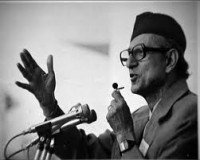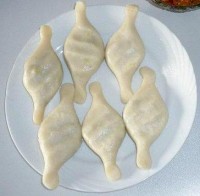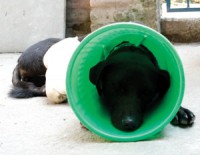Dhorpatan Hunting Reserve
Although hunting and conservation seem to be at the opposite ends of the spectrum, at Dhorpatan Hunting Reserve, this is possible.
Established in 1987, the Dhorpatan Hunting Reserve covers an area of 1,325 sq. km in western Nepal. Spanning its area in Rukum, Myagdi and Baglung districts, the altitude ranges from 2,850 to 5,500 m.
Unlike many countries that support canned hunting (practice of killing animals that have been bred in captivity for the sole purpose of trophy hunting), the Dhorpatan Hunting Reserve has set aside a dedicated area where only certain wild species are permitted to be killed, thus controlling the general population in the area. Controlled hunting is allowed with proper license and only during certain seasons of the year. Game license is issued by the Department of National Parks and Wildlife Conservation in Kathmandu and there are a few hunting outfitters who can make arrangements for expeditions.
Dhorpatan Hunting Reserve is also a sanctuary to some of the rarest and most endangered mammals. There is an amazing array of rare bird species. In short, Dhorpatan Hunting Reserve is a striking destination for wildlife and bird enthusiasts who wish to visit this composed area.
Flora and fauna
The reserve is characterized by alpine, sub-alpine and high temperate vegetation. Common plant species include fir, pine, and birch, rhododendron, hemlock, oak, juniper and spruce. Pastureland occupies more than 50 % of the area of the reserve.
Blue Sheep is the celebrity at Dhorpatan Hunting Reserve. Besides this, other animals found here include Leopard, Goral, Serow, Himalayan tahr, Himalayan black bear, Barking deer, Wild boar, Rhesus macaque, Langur and Mouse hare. Pheasants and partridges are common too. Endangered species in the reserve include Musk deer, Wolf, Red panda, Cheer pheasant and Danphe.
Other features
‘Dhorbaraha’ is a famous Hindu pilgrimage site that lies on the banks of Uttarganga River near the Dhorpatan Hunting Reserve. Every year on the day of Janai Purnima in August, a religious fair is held there. The fair attracts plenty of devotees.
When to go
The monsoon lasts until the end of November. The temperature in winter is very low because of strong winds. The places at higher altitudes remain capped with snow throughout the year. These places remain covered with cloud in the morning; later clouds are cleared by the wind. Snowfall occurs at low elevation until early April, however, it soon melts. Thus, the best time to visit the reserve is March to June.
How to reach
Public bus service is available from Kathmandu to Tansen. From there, a three day trek to the Reserve headquarters via Burtibang is suggested. The other option is to reach Pokhara by flight. The reserve headquarter is then a four day walk from Baglung.
Chartered helicopter services are also available from Kathmandu on request.







